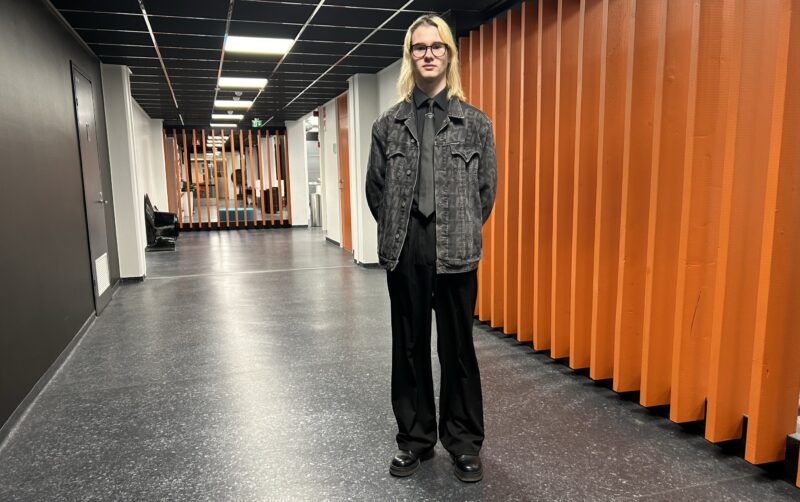International Collaboration – Planning a Sustainable Future for Hista City Centre and Station in Espoo
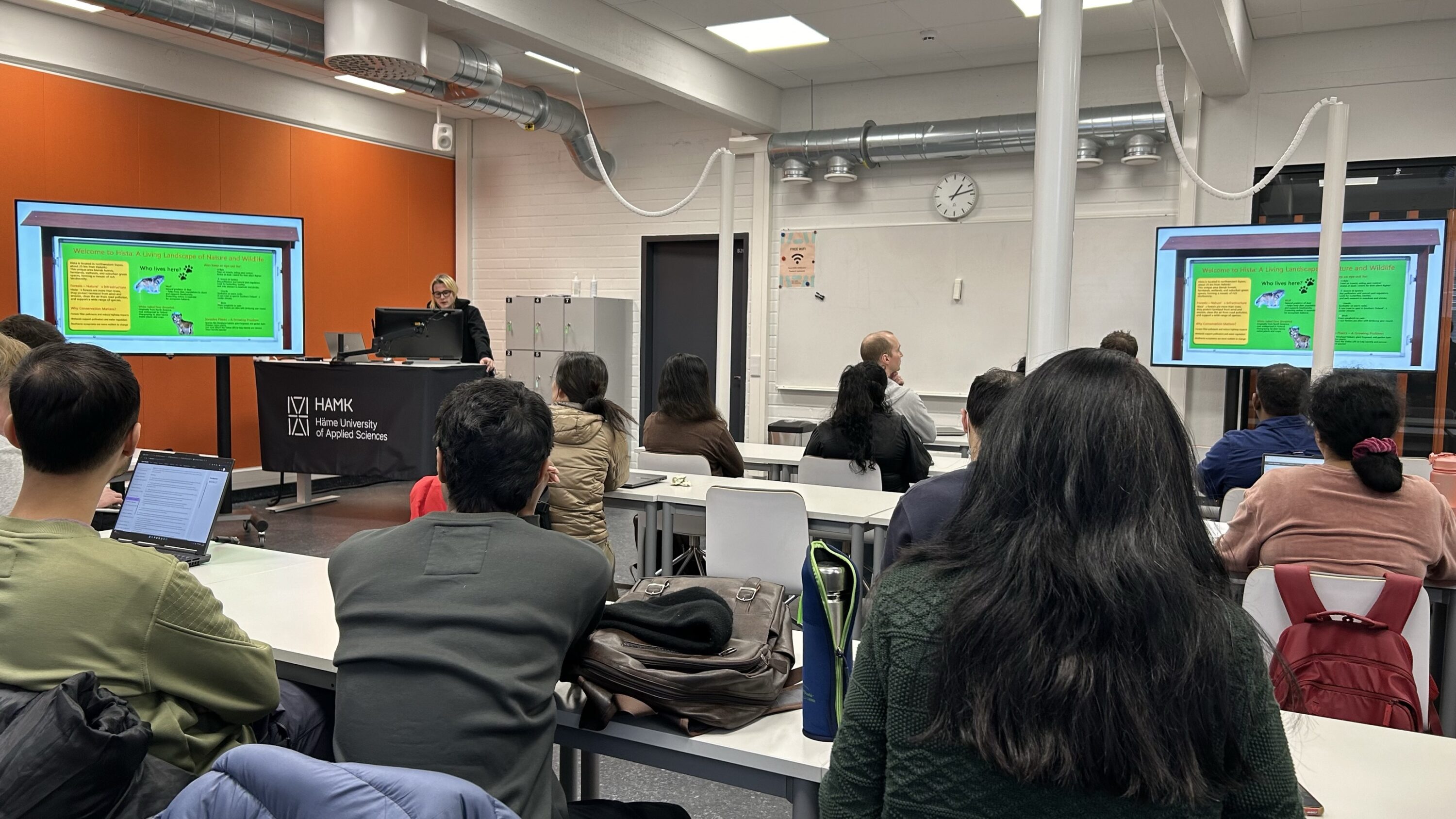
In early April, nineteen Built Environment students from Breda University of Applied Sciences (BUas), the Netherlands, arrived at HAMK’s Riihimäki campus. Their upcoming assignment was related to the Espoo-Hista railway plan, which is part of the West Railway project, and more specifically, the development of the area around the planned Hista train station. For this project, the BUas students received information about the ecological analysis of the area from HAMK’s Sustainable Urban Design students.
West Railway Ltd is developing a new high-speed train line between Helsinki and Turku, which includes a new station in the current rural area of Hista. At the same time, Espoo is planning to expand Hista to accommodate 15 000 new inhabitants over a 15-year timespan. The project’s objective was to plan land use and transport around proposed Hista railway station. The BUas students had to consider how to make the northern Hista area attractive for future residents, considering urban green spaces and overall sustainability.
“The project has been great, although it was a bit difficult to really get into it because there’s such a short time to work with it. But it’s a very interesting case study. Normally at our school we have already a foundation for the project, but this case is like from the scratch. So, a lot of freedom, a lot of creativity which makes it quite refreshing, especially doing it in a different country” | Maarten, BUas student.
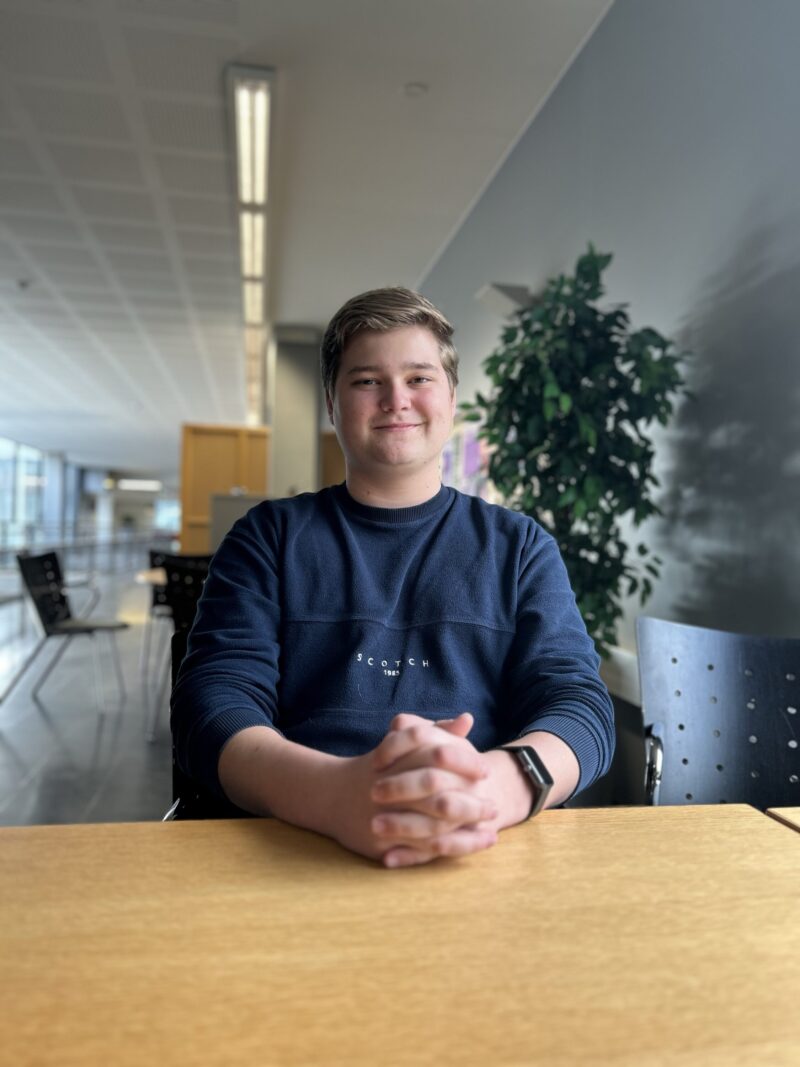
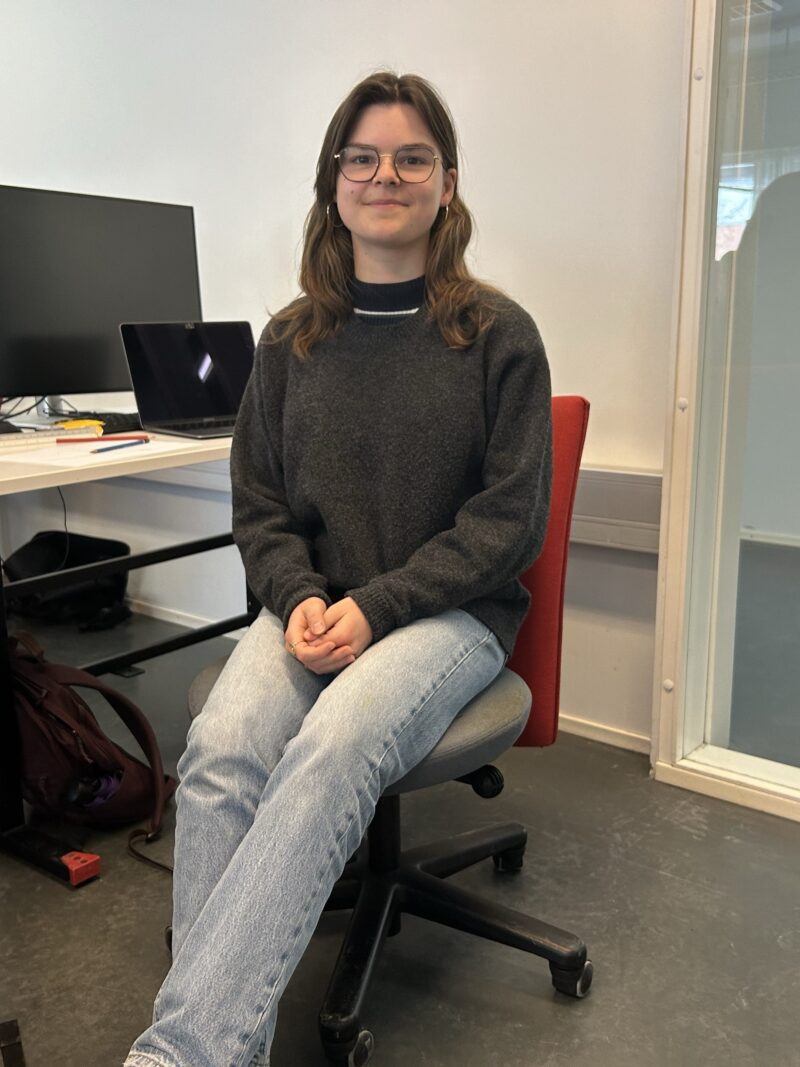
The Project Took the Students to Riihimäki, Helsinki, and Espoo
BUas students’ excursion in Finland and HAMK began with an introduction to the Riihimäki campus, after which they started working on the project.
“Being in Finland was definitely interesting. Riihimäki town and the campus both seemed very small to me. It was fun, and I noticed how quiet it is. I quite like it. It’s enjoyable to walk around a small town with your group. Everything is always close by.” | Lisa, BUas student.
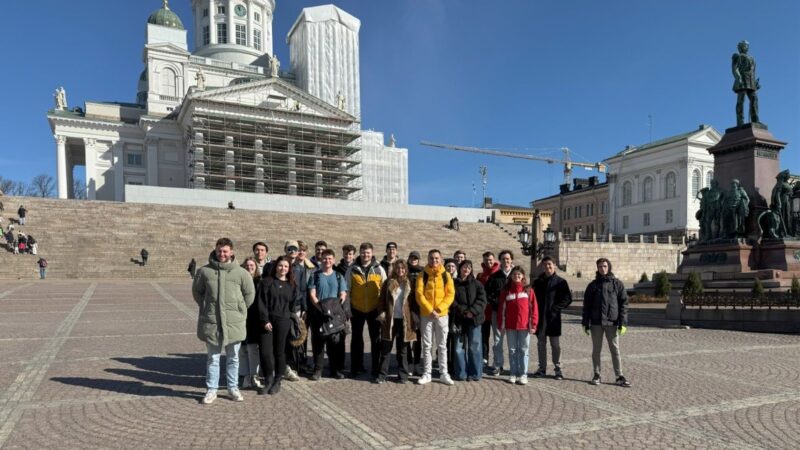
Final deliverables of the BUas students’ assignment will include a map of land use functions with population numbers and a separate map for different modes of transport and preliminary solutions for them. BUas students presented their ideas in Espoo at the end of the project week and got feedback from the representatives of the city. “We sought ideas to enhance the new Hista development, ensuring it is both highly livable and appealing to prospective residents,” explained Samuel Tuovinen, Planning Manager of City of Espoo.
“This experience was a fantastic opportunity for our students to apply their skills in real-world scenarios and contribute to meaningful urban development”. | Joost van de Pas, Lecturer, Academy for Built Environment & Logistics, BUas.
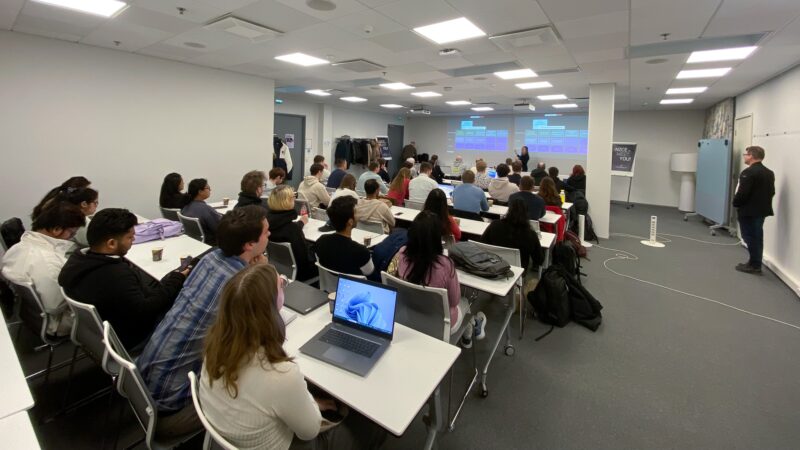
HAMK Students’ Ecological Analysis as a Basis for Planning
HAMK’s Sustainable Urban Design students played an important role in this project by providing ecology analysis of the area as part of their Urban Biodiversity course. Three student groups introduced their key findings and shared their materials with BUas students as source data for the Hista project. The HAMK students’ background analysis of the region’s biosphere provided valuable insights into the ecosystem services offered by the forest and native wildlife, such as carbon storage, water purification, and flood control.
The HAMK students also talked about the native wildlife in the area and how new residents could control pests in residential areas and still provide habitat for native animals. Analysis emphasized the importance of considering both the area’s natural values and the preservation of the animals’ habitats while making it pleasant and safe for future residents.
“It’s interesting to co-operate like this and I’m looking forward to work more with international projects. It’s a nice experience to get to know people from other countries. This might also give them different insights about things like nature”. | Rastislav, HAMK student.
